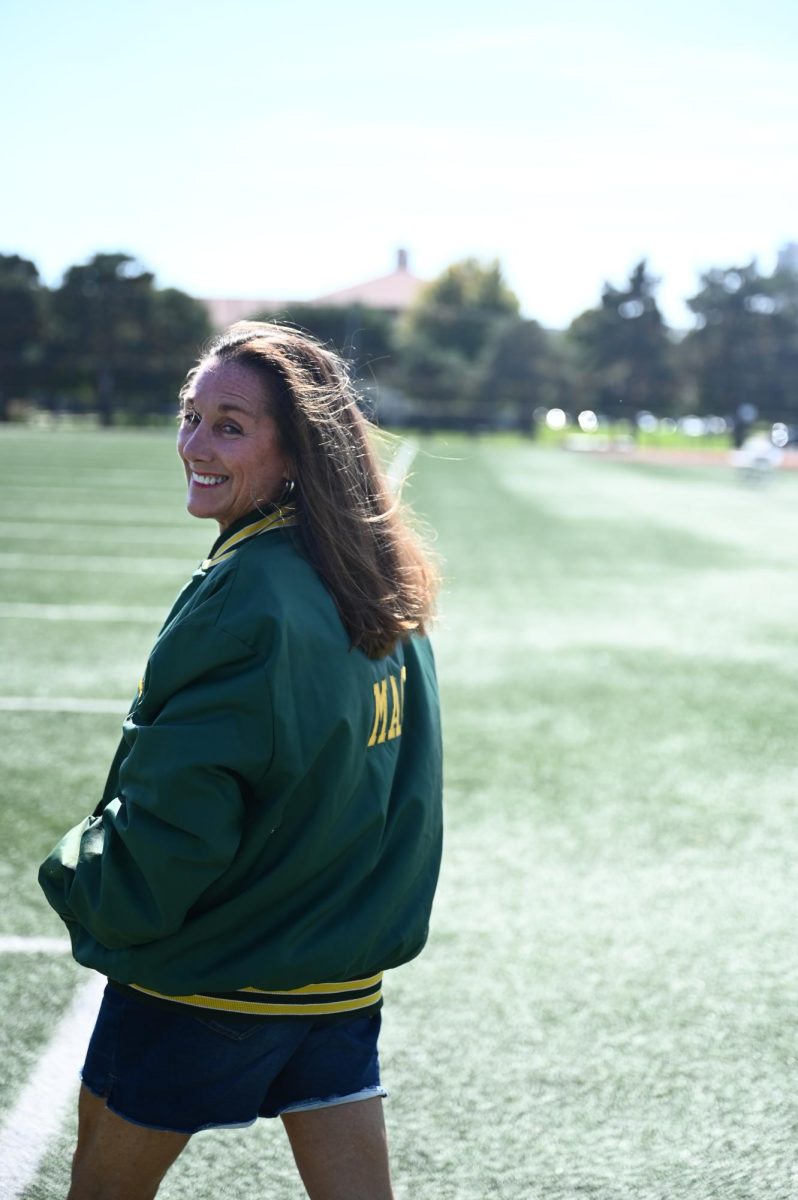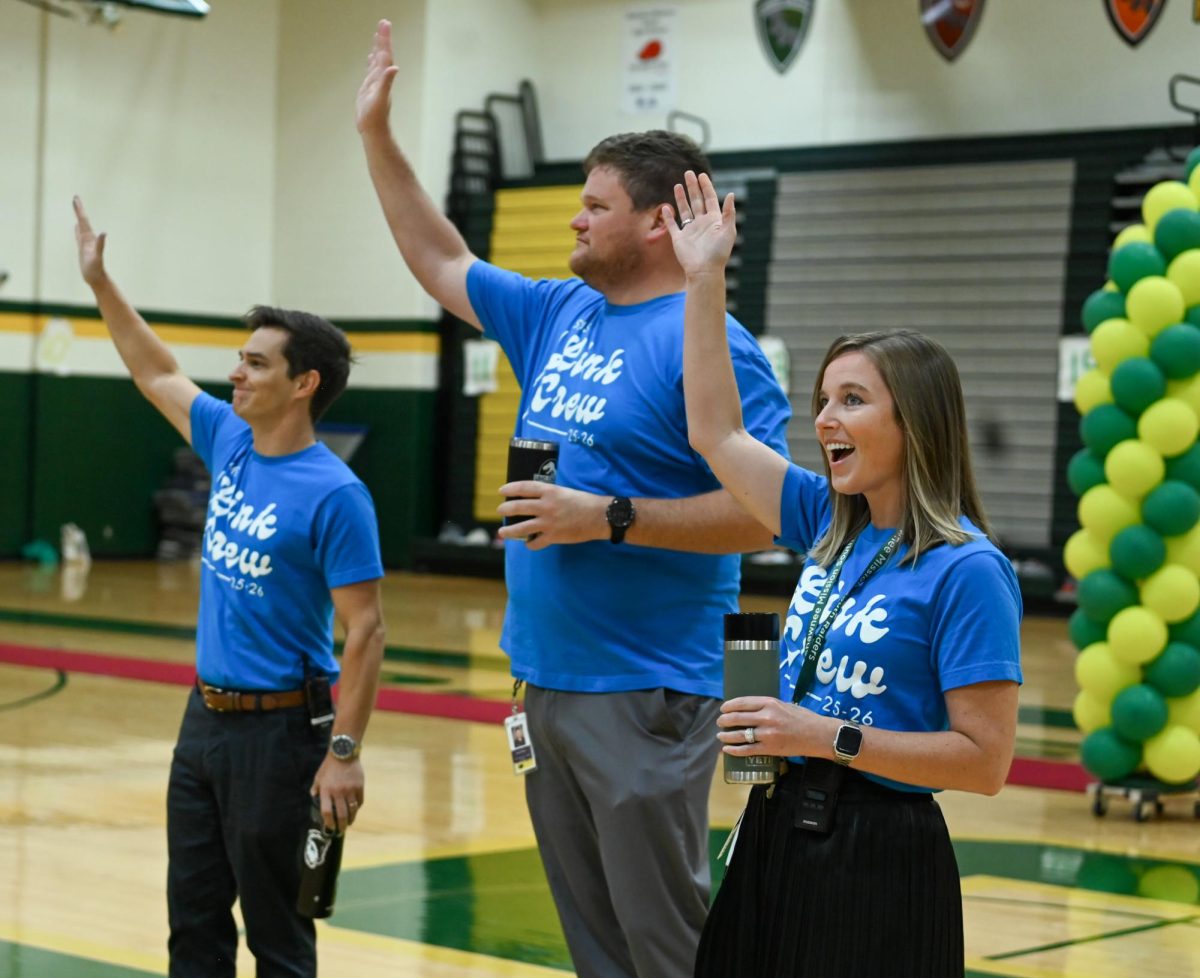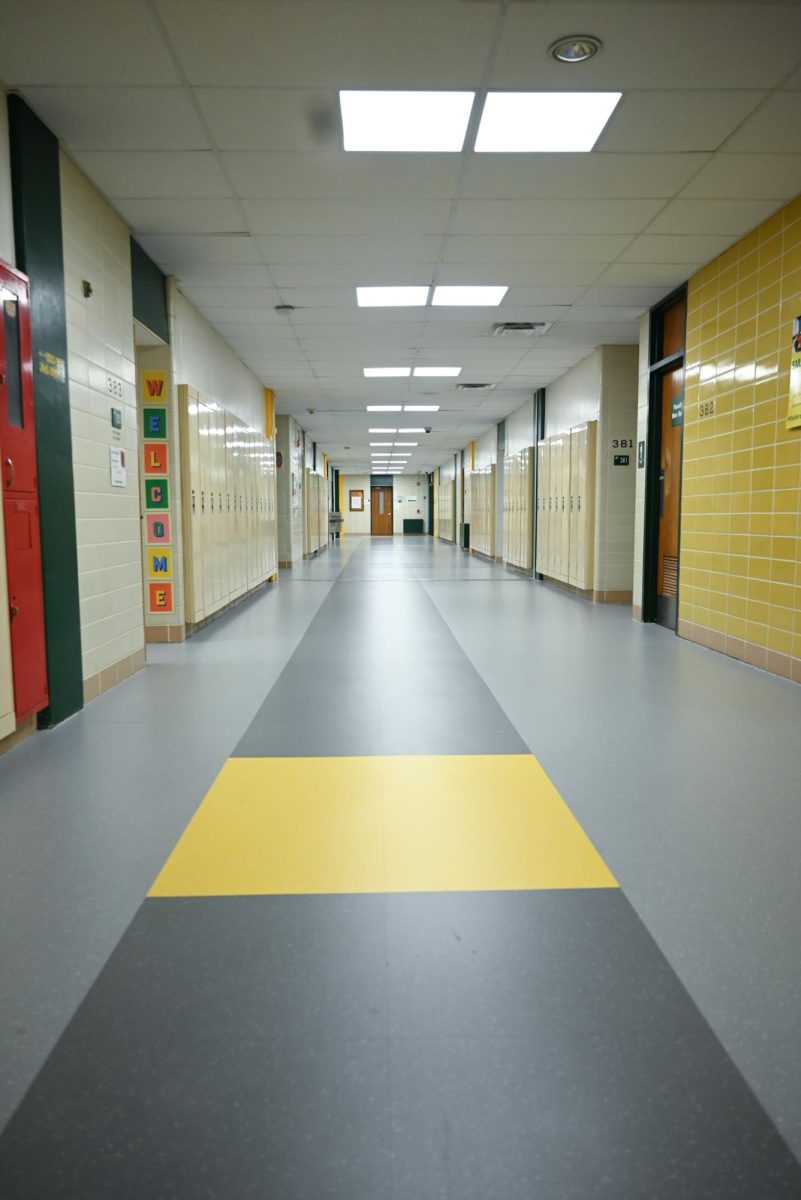Staring at a whiteboard, listening to the teacher drone on and on about who knows what. Students aren’t even paying attention—some sleeping, some talking, some texting. The teacher continues to talk in a monotonous voice, 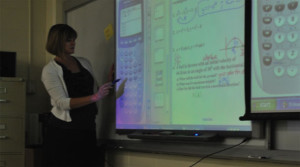 hardly interested in what he’s teaching. Students are no longer paying attention, as if they had been in the first place. Slowly, students’ eyes droop closed, and they drift off to sleep.
hardly interested in what he’s teaching. Students are no longer paying attention, as if they had been in the first place. Slowly, students’ eyes droop closed, and they drift off to sleep.
Despite this familiar scene, there are teachers who have taken steps to make their classes more exciting. Specifically, they have incorporated newer technology into their teaching in order to make the class more entertaining, or if nothing else, more modern, for students. While most teachers make use of the Airliner tablet, essentially a handheld whiteboard, some teachers take the new technology above and beyond.
When the school district put projectors into all of their classrooms in the fall of 2006, teachers were given an Airliner tablet and encouraged to use it to replace overhead projectors. The original projectors needed thin sheets of clear plastic called transparencies so that the teacher could write on them, while the Airliner is a device that does not need anything external, simply the software installed on the computer. The Airliner is also light and portable, whereas the older model often needed a cart to move it. With this new technology, overheads have become a thing of the past.
In many teachers’ minds, the memory of overhead projectors is still fresh. How inconvenient they were to move around, how difficult it was to go back and forth between things, and how little they were able to cover in a class period.
Math teacher Molly Fast remembers when overhead projectors were still commonly used. She thinks that they were less convenient than the Airliner because with Airliners it is easier to go back and look at a previous problem if a student has a question.
Vince LaVergne, another math teacher, also prefers the newer technologies to the older ones because they seem to help him with things that could not be done with the older technologies. He finds that it is much easier to show certain things such as websites and animations that are helpful to the class. The SMART technologies allows better access to an array of different files that can be shared between classrooms.
“There’s a program called SMART Notebook software that most of the math teachers use. And you can use [any of the SMART technologies] to interact with that software,” he said.
This software can be used with a variety of SMART hardware, including the Airliner, the SMART Podium (formerly Sympodium) and the newer SMART Board, an interactive whiteboard system, currently in three rooms of Shawnee Mission South.
Fast has noticed other benefits to the SMART Board as well as the ability to share content through SMART Notebook. She feels that the benefits also apply to the teachers and their teaching styles.
“I prefer the SMART Board because I’m up the whole time, the students can see what I’m writing as I write, and I can freeze one screen while I’m still writing on the other,” she said.
LaVergne also feels that the use of a SMART Board in the classroom helps the teacher just as much, if not more than the students. It allows the teacher to explore more possibilities than were previously available with the older technologies that they previously used.
Fast also thinks that the newer technology has helped her: it has made the job interesting again. It gives her a new perspective on her teaching. It also gives her a new perspective on the class itself. The new technologies have allowed her to reshape the way she teaches.
“It keeps the job more interesting for me if I keep learning new things [about the technology],” she said.
Though she notices that the SMART Board is an interesting new installment for students who have never seen one before, the students that would normally get bored will still get bored; however, the class itself seems to benefit.
“The fact that I use technology has made the class more interesting in and of itself,” she said.
However, the math department is not the only one that has started to benefit from new technologies available. English teacher Travis Gatewood started taking advantage of social media sites such as Facebook and Twitter in order to reach out to his students. He has also created a new site called Bayonet, run through a WordPress template, that he uses as an additional web backpack.
“I try to use [Bayonet] and Facebook and Twitter as platforms in order to connect students to their work. It’s a resource to communicate homework and assignments,” he said.
Gatewood has noticed that students have gone to the new website to look for additional notes and links from that day’s class work, and have used Bayonet as a resource before tests and quizzes.
“One of the things on WordPress is that you get statistics about clicks and you see, before tests, where the clicks skyrocket, so it tells me that students are going there looking for the notes or the information that we talked about in class,” he said.
Gatewood has also noticed that the use of newer technologies allows him to bring in modern media or pop culture that relates to whatever is being discussed in class. It gives students an alternative look at the same concept, or a more relatable or timely perspective on something they might see as being old or foreign to them.
“I always try to bring in articles or news stories or maybe cultural events that are relevant that hopefully make the literature mean something to people,” he said.
Gatewood also posts links to these kinds of outside stories on Bayonet. The website serves as a platform that he can use to give students outside resources that they may find interesting, or may give them more to think about rather than just the literature for the class. It can give students a fresh perspective on a similar topic, or let them see an issue discussed in a different way.
“[It’s] a platform for links to stories that I think are relevant to things we’re talking about within the classroom,” he said.
There’s no denying one fact: technology is becoming a huge part of our lives. Computers, cell phones, Facebook, and Twitter are all newer technological developments that are available to everyone, and these teachers are taking advantage of that. The Airliner and projectors are simply one of the many tools at teachers’ disposals nowadays, and there seems to be no limit to where technology can go from here. It is helping teachers to hone their skills, and to make learning easier and, potentially, more enjoyable.
